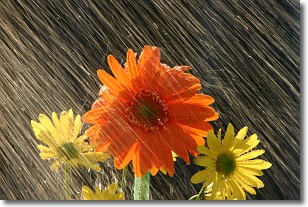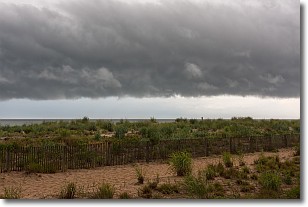Weather Alert in Texas
Flood Warning issued April 16 at 10:47AM CDT until April 19 at 5:30PM CDT by NWS Lake Charles LA
AREAS AFFECTED: Hardin, TX; Jasper, TX; Jefferson, TX; Orange, TX
DESCRIPTION: ...The Flood Warning is extended for the following rivers in Louisiana...Texas... Calcasieu River Near Oakdale Calcasieu River Near Kinder Calcasieu River Near Glenmora Neches River at Neches River Saltwater Barrier Pine Island Bayou Near Sour Lake ...The Flood Warning continues for the following rivers in Louisiana...Texas... Calcasieu River Near Oberlin Calcasieu River near White Oak Park Sabine River Near Burkeville Sabine River Near Deweyville Sabine River Near Bon Wier For the Calcasieu River...including Glenmora, Oakdale, Oberlin, Kinder, White Oak Park, Salt Water Barrier...Moderate flooding is forecast. For the Sabine River...including Burkeville, Bon Wier, Deweyville, Orange...Moderate flooding is forecast. For the Neches River...including Town Bluff, Evadale, Neches River Saltwater Barrier...Moderate flooding is forecast. For the Pine Island Bayou...including Sour Lake...Minor flooding is forecast. Additional information is available at www.weather.gov. The next statement will be issued Wednesday morning at 815 AM CDT. * WHAT...Moderate flooding is occurring and moderate flooding is forecast. * WHERE...Neches River at Neches River Saltwater Barrier. * WHEN...Until Friday afternoon. * IMPACTS...At 7.0 feet, Water begins to go over Bigner Road into the saltwater barrier. Water also cuts off most access to the Four Oaks Ranch Road downstream of Four Oaks boat launch. Flooding of Colliers Ferry Park and secondary roads near the river can be expected. * ADDITIONAL DETAILS... - At 10:15 AM CDT Tuesday the stage was 7.3 feet. - Recent Activity...The maximum river stage in the 24 hours ending at 10:15 AM CDT Tuesday was 8.4 feet. - Forecast...The river is expected to fall below flood stage Thursday afternoon and continue falling to 1.3 feet Sunday morning. - Flood stage is 4.0 feet. - http://www.weather.gov/safety/flood
INSTRUCTION: N/A
Want more detail? Get the Complete 7 Day and Night Detailed Forecast!
Current U.S. National Radar--Current
The Current National Weather Radar is shown below with a UTC Time (subtract 5 hours from UTC to get Eastern Time).

National Weather Forecast--Current
The Current National Weather Forecast and National Weather Map are shown below.

National Weather Forecast for Tomorrow
Tomorrow National Weather Forecast and Tomorrow National Weather Map are show below.

North America Water Vapor (Moisture)
This map shows recent moisture content over North America. Bright and colored areas show high moisture (ie, clouds); brown indicates very little moisture present; black indicates no moisture.

Weather Topic: What is Precipitation?
Home - Education - Precipitation - Precipitation
 Next Topic: Rain
Next Topic: Rain
Precipitation can refer to many different forms of water that
may fall from clouds. Precipitation occurs after a cloud has become saturated to
the point where its water particles are more dense than the air below the cloud.
In most cases, precipitation will reach the ground, but it is not uncommon for
precipitation to evaporate before it reaches the earth's surface.
When precipitation evaporates before it contacts the ground it is called Virga.
Graupel, hail, sleet, rain, drizzle, and snow are forms of precipitation, but fog
and mist are not considered precipitation because the water vapor which
constitutes them isn't dense enough to fall to the ground.
Next Topic: Rain
Weather Topic: What are Shelf Clouds?
Home - Education - Cloud Types - Shelf Clouds
 Next Topic: Sleet
Next Topic: Sleet
A shelf cloud is similar to a wall cloud, but forms at the front
of a storm cloud, instead of at the rear, where wall clouds form.
A shelf cloud is caused by a series of events set into motion by the advancing
storm; first, cool air settles along the ground where precipitation has just fallen.
As the cool air is brought in, the warmer air is displaced, and rises above it,
because it is less dense. When the warmer air reaches the bottom of the storm cloud,
it begins to cool again, and the resulting condensation is a visible shelf cloud.
Next Topic: Sleet




